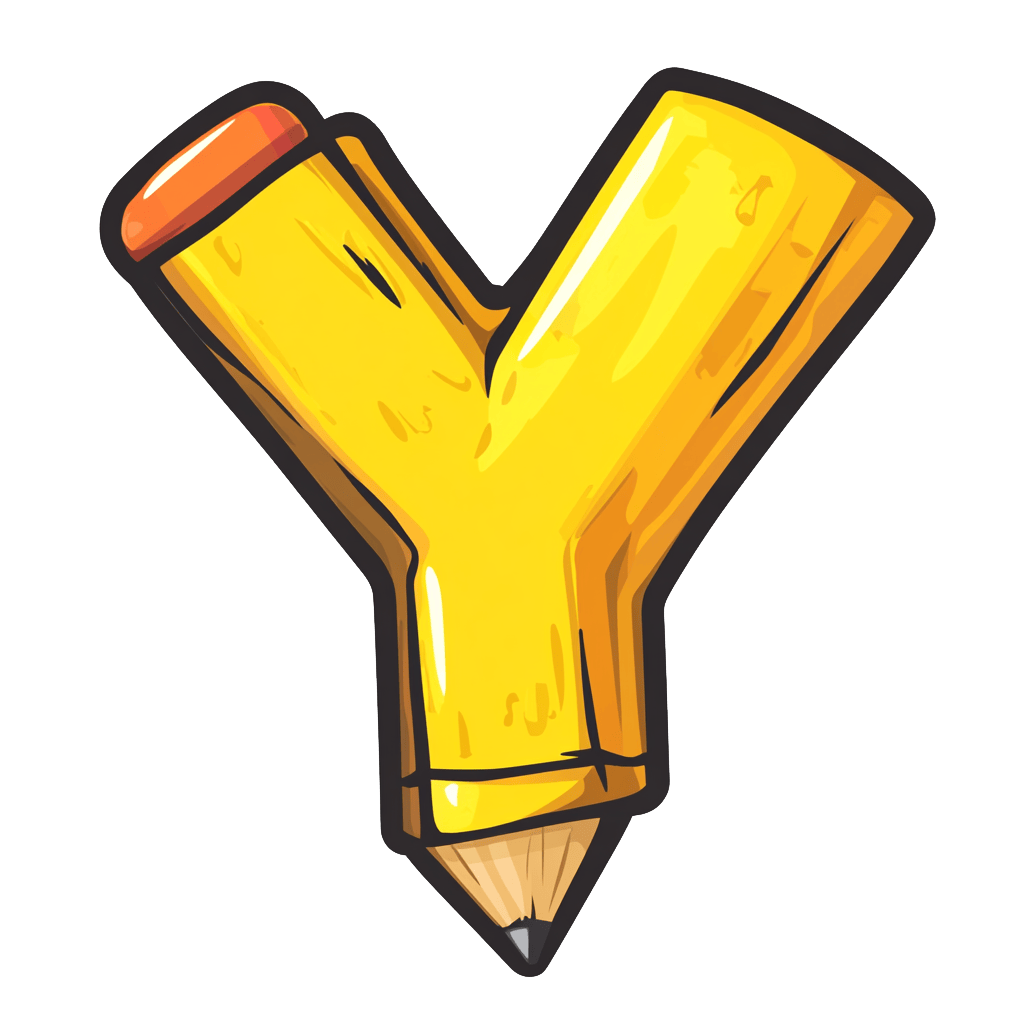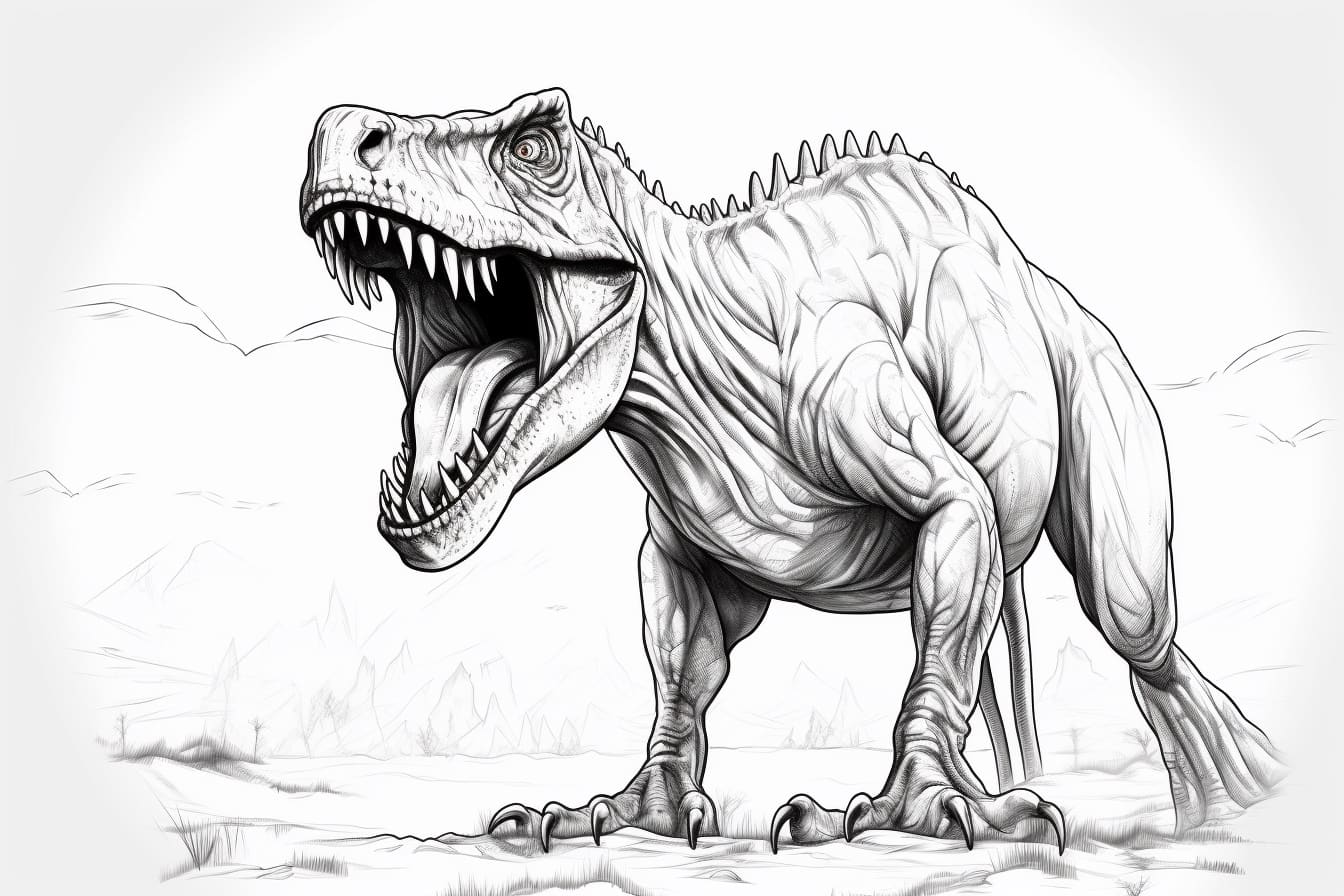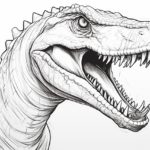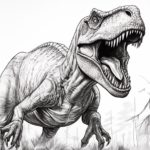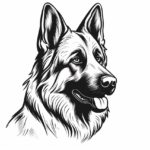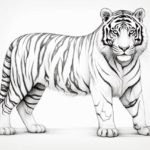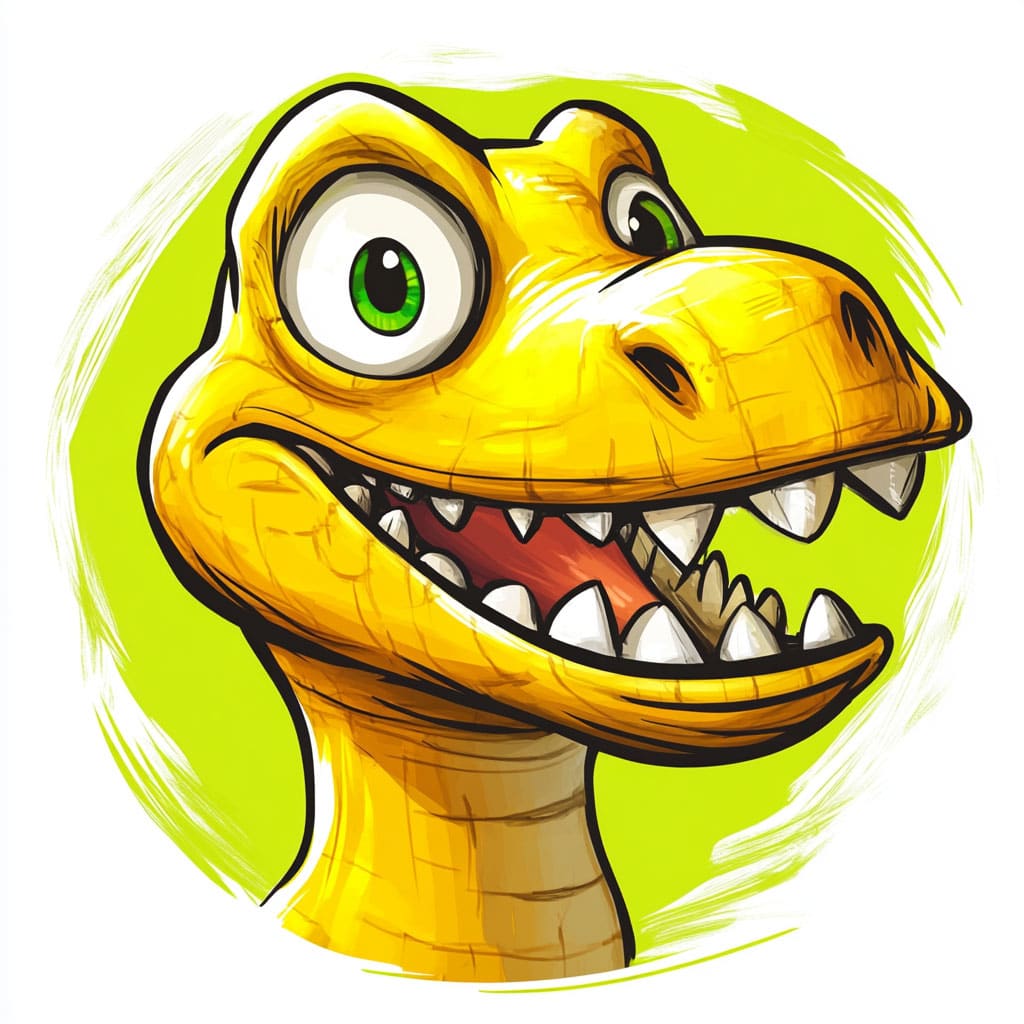
Welcome to the fascinating world of paleoart! Today, we will delve into the ancient past and explore the formidable Megalosaurus through the art of drawing. Megalosaurus, meaning “Great Lizard,” roamed the Earth during the Jurassic Period over 160 million years ago. As one of the first dinosaurs to be discovered and described, this carnivorous giant has captured the imagination of artists and scientists alike. Join me as we uncover the key features and characteristics of this magnificent creature and learn how to draw a Megalosaurus. Let’s sharpen our pencils and embark on a journey through time to create our own stunning renditions of this iconic prehistoric predator.
Materials Required
To draw a Megalosaurus, you will need the following materials:
- Drawing paper or sketchbook
- Pencils (different hardness for sketching and shading)
- Eraser
- Ruler (optional for measuring proportions)
- Reference images of Megalosaurus for accurate details and anatomy
These basic materials will help you create a detailed and realistic drawing of a Megalosaurus. Feel free to add any additional materials or tools you prefer to use in your drawing process.
How to Draw a Megalosaurus: a Step-by-step Guide
Step 1: Gather Your Materials
Before starting to draw a Megalosaurus, gather all the necessary materials. You will need a pencil, eraser, drawing paper, and any coloring materials you may want to use later on.
Step 2: Reference Images
Find reference images of a Megalosaurus to use as a guide for your drawing. Look at different angles and details of the dinosaur to get a good understanding of its features.
Step 3: Sketch the Basic Shapes
Begin by lightly sketching the basic shapes of the Megalosaurus. Start with an oval for the head, a larger oval for the body, and smaller ovals for the limbs. Use light, loose lines to establish the overall pose and proportions of the dinosaur.
Step 4: Add Details
Once you are satisfied with the basic shapes, start adding details to your drawing. Add in the features that make the Megalosaurus distinct, such as its sharp teeth, claws, and scales. Pay attention to the texture and structure of the dinosaur’s skin.
Step 5: Refine the Outline
Refine the outline of the Megalosaurus by going over your initial sketch with darker, more defined lines. Focus on the contours of the body, the shape of the head, and the positioning of the limbs. Make sure the proportions are correct and the anatomy looks realistic.
Step 6: Add Facial Features
Draw in the eyes, nostrils, and other facial features of the Megalosaurus. Pay attention to the expression you want to convey and add any creases or details to make the face more expressive.
Step 7: Finalize Details
Add any remaining details to your drawing, such as scales, wrinkles, and other textures to give the Megalosaurus a more lifelike appearance. Take your time to refine the features and make sure everything looks cohesive.
Step 8: Erase Guidelines
Once you are happy with your drawing, go over it with an eraser to remove any remaining guidelines or stray lines. Clean up the drawing to prepare it for coloring or shading.
Step 9: Add Color (Optional)
If you wish, you can add color to your drawing of the Megalosaurus using colored pencils, markers, or paints. Use reference images to accurately depict the colors of the dinosaur’s skin, scales, and other features.
Step 10: Final Touches
Finally, step back and assess your drawing of the Megalosaurus. Make any final touches or adjustments as needed to ensure that your artwork is complete and visually appealing. Consider adding a background to enhance the overall composition if desired.
Conclusion
In conclusion, drawing a Megalosaurus can be a challenging yet rewarding artistic endeavor. By breaking down the dinosaur’s features into basic shapes, focusing on details such as scales and anatomy, and practicing shading techniques, artists can create a dynamic and lifelike representation of this prehistoric creature. Remember to be patient with yourself, practice regularly, and embrace the creative process as you bring the Megalosaurus to life on paper. Happy drawing!
Fun Facts About Megalosauruses
- Megalosauruses were large, carnivorous dinosaurs that lived during the Middle Jurassic period, around 166 to 148 million years ago.
- They were among the first dinosaurs to be named and described in scientific literature, with the first Megalosaurus fossils being discovered in England in the early 19th century.
- Megalosauruses were bipedal dinosaurs with powerful jaws filled with sharp, serrated teeth, which they used to hunt and feed on other dinosaurs and large prey.
- Despite their fearsome appearance, Megalosauruses were not the largest carnivorous dinosaurs of their time. They were typically around 20 to 30 feet long, smaller than some of their later relatives like Tyrannosaurus rex.
- Megalosauruses likely had a relatively high level of intelligence compared to other dinosaurs, as evidenced by their large brain size and complex hunting strategies.
- Some scientists believe that Megalosauruses may have been social animals, hunting in packs to bring down larger prey or defend themselves against predators.
- Megalosauruses are classified as theropod dinosaurs, a group that includes some of the most well-known dinosaurs like T. rex, Velociraptor, and Allosaurus.
- The name “Megalosaurus” means “great lizard” in Greek, reflecting the impressive size and stature of these dinosaurs.
- Megalosauruses were widespread and diverse, with fossils found in Europe, Africa, and possibly North America, indicating that they were successful predators in a variety of environments.
- Despite their popularity in early paleontological studies and reconstructions, Megalosauruses are still the subject of ongoing research and debate among scientists, as new discoveries continue to shed light on their behavior, anatomy, and evolutionary relationships.
Suggestions for Scenes and Settings for Megalosaurus Drawings
Absolutely! Here are some specific suggestions for scenes and settings for drawings of Megalosaurus:
- Prehistoric Jungle: Draw Megalosaurus prowling through a dense prehistoric jungle, with towering ferns and ancient trees in the background. Add some flying pterosaurs overhead to create a dynamic and lively scene.
- Volcanic Landscape: Illustrate Megalosaurus against the backdrop of an active volcano, with lava flowing down the mountainside and ash clouds billowing into the sky. The contrast between the fierce volcano and the powerful dinosaur can create a dramatic composition.
- Coastal Cliffs: Depict Megalosaurus perched on the edge of steep coastal cliffs, overlooking a vast ocean with crashing waves below. You can add seabirds and marine reptiles in the distance to enhance the sense of scale and atmosphere.
- Desert Oasis: Imagine Megalosaurus drinking from a tranquil desert oasis surrounded by palm trees and sand dunes. The warm desert colors and the peaceful setting can create a serene and beautiful artwork.
- Ice Age Tundra: Place Megalosaurus in a snowy Ice Age tundra, with mammoths and woolly rhinos roaming in the distance. The white landscape and the ancient creatures can evoke a sense of mystery and wonder in your drawing.
- Cavernous Cave: Draw Megalosaurus deep inside a dark and cavernous cave, illuminated by shafts of light filtering through cracks in the ceiling. You can add bats or other cave-dwelling creatures to enhance the eerie atmosphere of the scene.
- Ancient Ruins: Picture Megalosaurus exploring the ruins of an ancient civilization, with overgrown vegetation and crumbling stone structures all around. The juxtaposition of the dinosaur and the man-made ruins can create a fascinating narrative in your artwork.
I hope these suggestions inspire you to create some amazing drawings of Megalosaurus in various scenes and settings!
